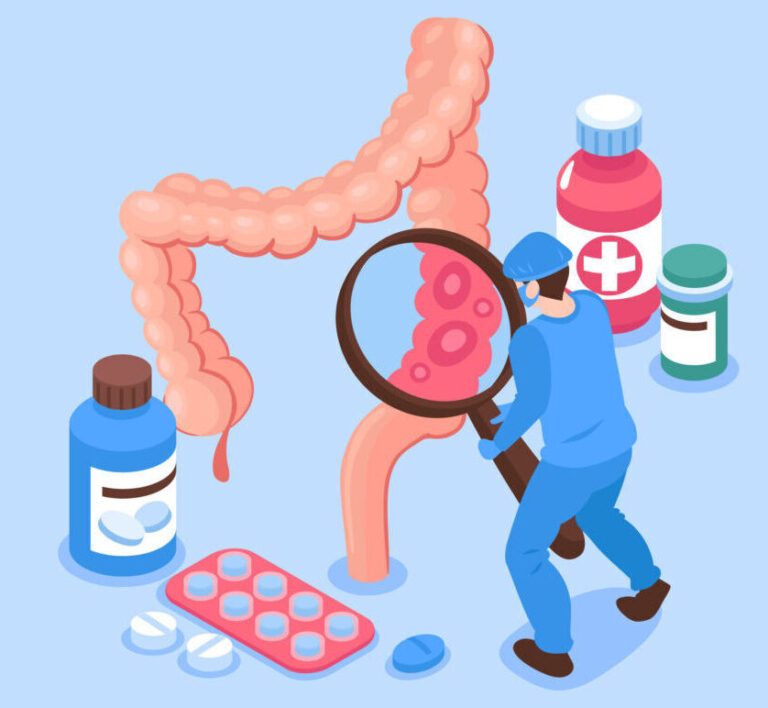What is ERCP and why is it done?
ERCP, or endoscopic retrograde cholangiopancreatography, is a procedure that combines an endoscopy with X-rays to examine the bile and pancreatic ducts
Lets know how it is performed, and why it is important for diagnosing and treating conditions of the liver, gallbladder, bile ducts, and pancreas.

Preparation: Before the procedure, you will need to fast for a certain period of time, usually overnight. Your doctor may also ask you to stop taking certain medications.
Anesthesia: You will be given a sedative and local anesthesia to make you more comfortable during the procedure.
Endoscope insertion: The doctor will insert an endoscope, which is a thin, flexible tube with a light and camera attached to it, through your mouth and into your stomach.
Dye injection: Once the endoscope is in place, the doctor will inject a contrast dye into the bile and pancreatic ducts through a small tube that is passed through the endoscope. This dye will help highlight the ducts on X-ray.
X-ray imaging: X-rays are taken while the dye is being injected. This allows the doctor to see the ducts and any abnormalities, such as stones or tumors.
Treatment: If the doctor finds a blockage or abnormality during the procedure, they may be able to treat it at the same time. For example, they may use a tiny tool passed through the endoscope to remove a gallstone or place a stent to keep a duct open.
Recovery: After the procedure, you will be monitored until the sedative wears off. You may experience some mild discomfort, such as bloating or a sore throat, but these should go away within a few hours. You will also need someone to drive you home.